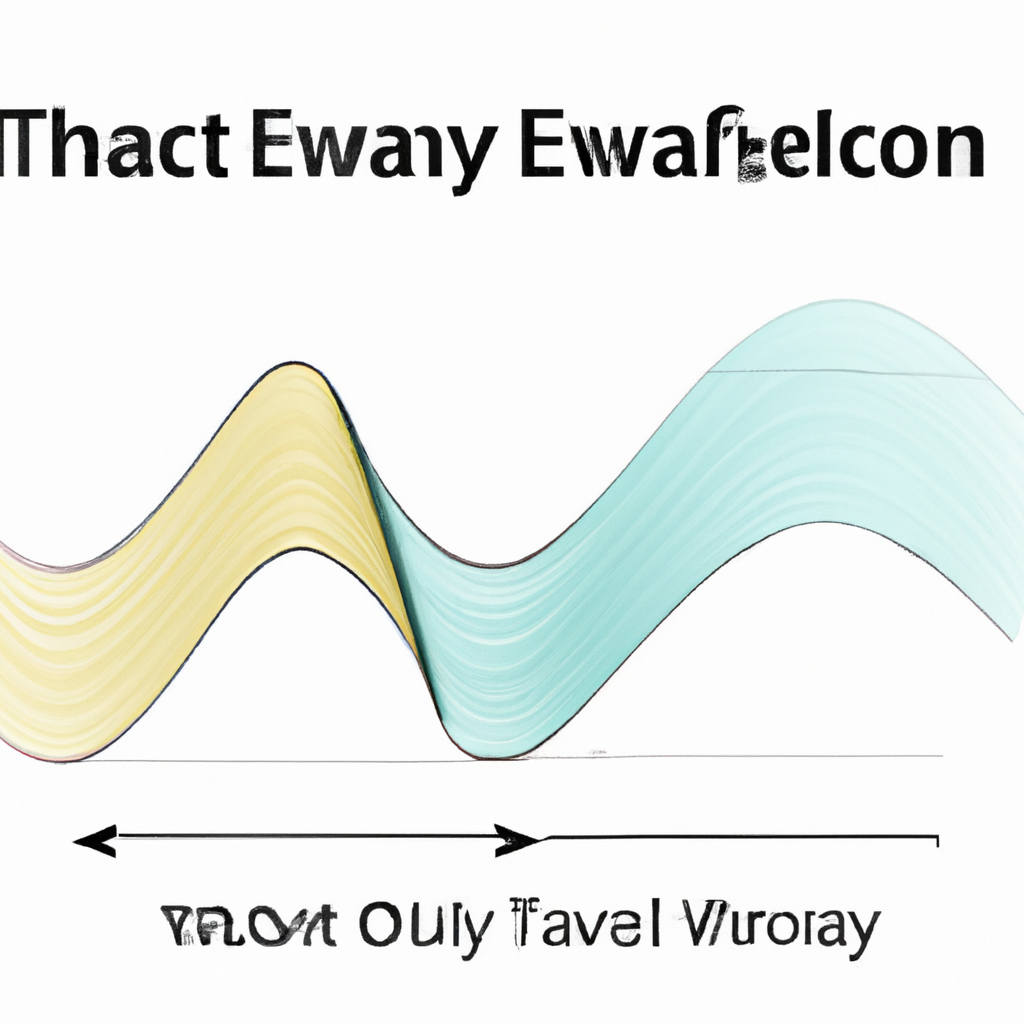The Application of Elliott Wave Theory in Financial Markets
Introduction
Elliott Wave Theory is a popular technical analysis tool used by traders and investors to predict future price movements in financial markets. Developed by Ralph Nelson Elliott in the 1930s, this theory is based on the belief that market prices move in repetitive patterns, which can be identified and used to forecast future trends.
Understanding the Basics of Elliott Wave Theory
At its core, Elliott Wave Theory suggests that market movements follow a specific pattern consisting of five waves in the direction of the primary trend, known as impulsive waves, and three waves against the primary trend, known as corrective waves. These waves can be further divided into smaller fractal patterns, creating a hierarchical structure.
Applying Elliott Wave Theory in Practice
While Elliott Wave Theory can be complex and subjective, there are several key principles and guidelines that traders use to apply this theory effectively:
Identifying the Primary Trend
The first step in applying Elliott Wave Theory is to determine the primary trend. This can be done by analyzing price charts and identifying the overall direction of the market. Once the primary trend is established, traders can start looking for potential wave patterns.
Counting Waves
After identifying the primary trend, traders begin counting the waves within that trend. Impulsive waves are labeled with numbers (1, 2, 3, 4, 5), while corrective waves are labeled with letters (A, B, C). By counting the waves, traders can anticipate the completion of a wave and potential trend reversals.
Using Fibonacci Ratios
Fibonacci ratios play a crucial role in Elliott Wave Theory. Traders often use Fibonacci retracement levels to identify potential support and resistance levels within a wave. These levels are derived from the Fibonacci sequence and are believed to be areas where price is likely to reverse or consolidate.
Confirming Wave Patterns
While Elliott Wave Theory provides a framework for analyzing market movements, it is essential to confirm wave patterns with other technical indicators and tools. Traders often use oscillators, moving averages, volume analysis, and other tools to validate their wave counts and increase the accuracy of their predictions.
Limitations and Challenges
It is important to note that Elliott Wave Theory is not foolproof and has its limitations. One of the main challenges is the subjectivity involved in identifying and labeling waves. Different traders may interpret the same chart differently, leading to varying wave counts and predictions. Additionally, market conditions can be influenced by external factors, such as news events or economic data, which may disrupt the expected wave patterns.
Conclusion
Elliott Wave Theory is a powerful tool for technical analysis, providing traders with a framework to anticipate market trends and reversals. By understanding the basics of this theory and applying it in conjunction with other technical indicators, traders can enhance their decision-making process and potentially improve their trading outcomes. However, it is crucial to remember that no analysis tool guarantees 100% accuracy, and market conditions can always deviate from expected patterns.

